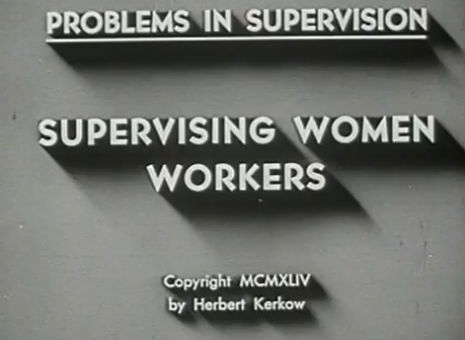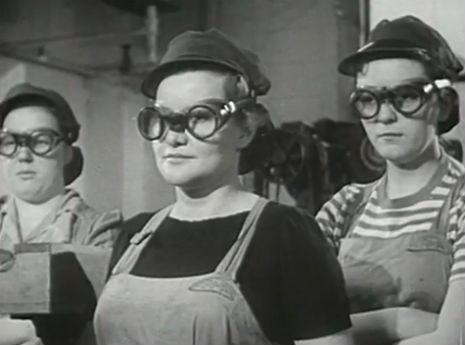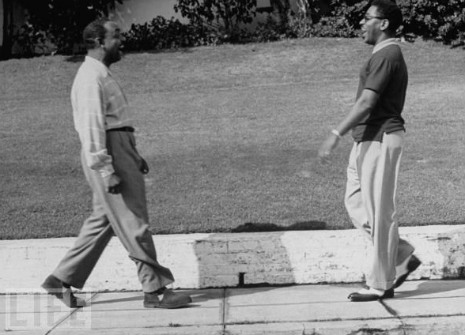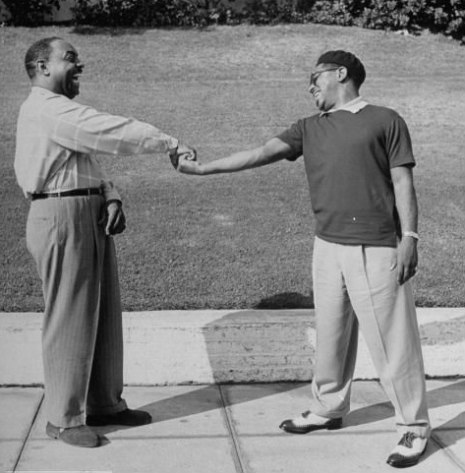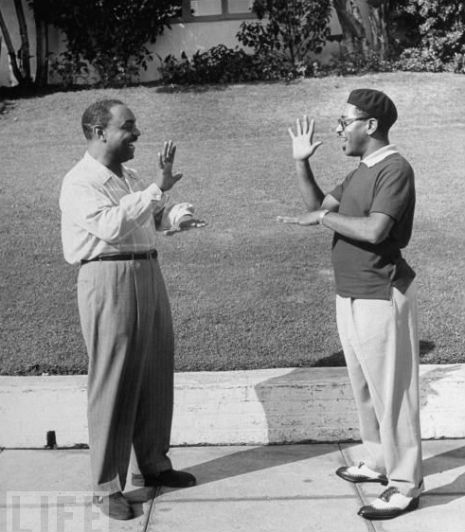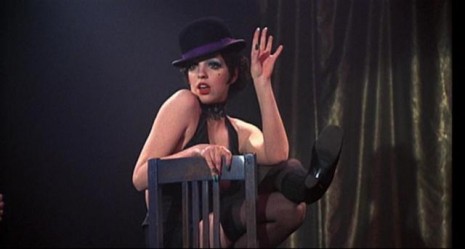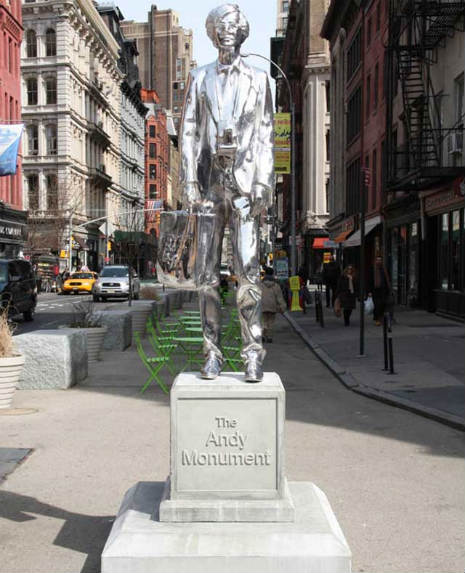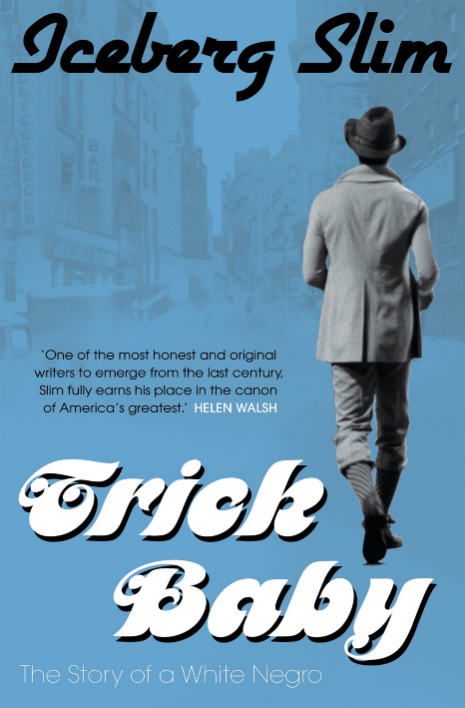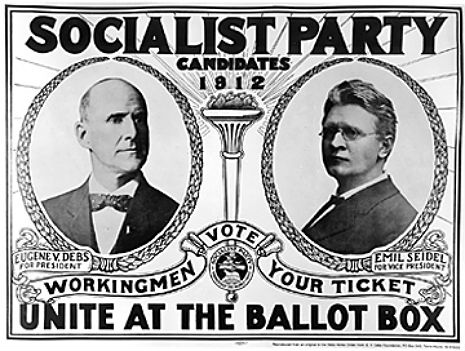
Vice Presidential candidate Emil Seidel ran with the great Eugene Debs on the Socialist Party ticket in 1912.
On a day when the eyes of the country are on what would otherwise have been an obscure election in Wisconsin, if not for the heavy-handed overreach of state Republicans, it’s worth pointing out that today marks the 101st anniversary of the election of the first Socialist mayor of Milwaukee (he was the first of three), Emil Seidel.
Milwaukee has a long, proud history of pro labor, progressive and Socialist politics. The first openly Socialist member of Congress, Victor Berger was elected from the state in 1910. It was Berger who proposed the first bill to care for the elderly in US Congressional history.
Compare and contrast what you read below, with what’s going on in Milwaukee today, you’ll learn something!
Nate Pederson wrote the following for The Progressive Populist with the title “When Socialists Cleaned Up Milwaukee”:
On a balmy night in April of 1910, Emil Seidel, a quiet, unassuming woodcarver received word that he had been elected mayor of Milwaukee with a plurality of 7,000 votes. History was made that night, for Seidel was a Socialist, and the first of his party to be elected mayor of a major American city. Seidel, at home with his wife and daughter, had spent the day working in his pattern-making shop and accepted the news with his usual modest grace. He declined to offer a speech initially, instead opting for early bed, but when he assumed the platform the following morning he gave a speech indicative of his character:
“We intend to do all our limited means permit to make Milwaukee a better place for every citizen … We are today only accumulating material for a larger and more beautiful structure of life that we have ever had. Not all of our work will be successful. But much of it will be. We shall learn, and, continuing to learn, we shall make good. We are today beginning a new civilization.”
And for two years Seidel did just that. Milwaukee had long suffered under corrupt municipal rule and Seidel’s election swept the slate clean. Along with the mayorship, the Socialists took the majority in the City Council and thus were able to quickly enact a number of progressive reforms. Indeed, the reforms enacted by the Socialists in two short years reads like a laundry list of good municipal government: the first public works department was established, the first fire and police commission was organized, the city park system was created, the city’s bars came under regulation, its brothels and illegal casinos closed down. All this from a party usually associated with radical thought and revolutionary activity.
The well-known secret, however, was that the Milwaukee Socialists were of a different order than the Socialist agitators sweeping the rest of the country. The Milwaukee Socialists were moderates, even conservatives, by the principles of their party, seeking to enact fair government at benefit to the most people through prudence and moderation. They stressed the need for basic services — so much so, in fact, they were stuck with the label “Sewer Socialists” for their preoccupation with the cleanliness of Milwaukee’s sewer system.
Furthermore, the Milwaukee Socialists were not partisans. One of their slogans on winning the election was “Get Experts!” Thus, Seidel sought out the best and the brightest to help run the municipal government, regardless of party affiliation. He declared, “I believe the city’s affairs should be administered without party lines,” and quickly followed through by hiring a committee of businessmen from the Democratic and Republican parties to advise him on financial affairs. Other municipal positions were filled with the most qualified candidate, irrespective of party. Thereby Seidel built an effective coalition of capable government officials who were able to enact meaningful reform.
It’s a telling fact that for the first few weeks after the Socialists took control of Milwaukee, not a single Socialist approached the new administration for a job. The Socialists were by and large honest, hardworking laborers, raised with practical German values of self-sufficiency. They were not interested in hand-outs.
Seidel refused to accept any profits from his own pattern-making firm while he was serving as the mayor of Milwaukee. Instead, he insisted that the profits be divided amongst his eleven employees. Such displays of integrity inspired trust and confidence in the Socialists by the larger populace. This in turn provided Seidel with the political capital necessary to enact his agenda.
By 1912, Seidel and the Socialists had cleaned house, sweeping out corruption and pushing through necessary and progressive reforms. The Democrats and Republicans, however, banded together for the 1912 election, nominating Dr. Gerhard A. Bading for the mayorship, who officially ran as a “nonpartisan” candidate. With the backing of the two major parties, and a heavy dose of pro-American, anti-Socialist proselytizing, Bading handily defeated Seidel in his re-election bid.
Seidel only served one term as mayor and his star is largely outshone by the other two later Socialist mayors of Milwaukee who served for much longer periods: Daniel Hoan and Frank Zeidler. His legacy, however, was pronounced considering the brevity of his term. Seidel pushed through a number of reforms still benefiting Milwaukeeans today, such as the expansion of city parks. He also restored a sorely needed respectability to the mayor’s office, raising expectations for Milwaukee’s municipal government and sweeping out the open corruption of his predecessors.
Seidel and his comrades proved the Socialists could be entrusted with the practical management of city government. As such, Seidel deserves a prominent place on the shelf of both Milwaukee’s history and the history of our nation as a whole. In a country founded on the premise of political experimentation, Milwaukeeans deserve special credit for their willingness to look beyond easy labels and pass judgment based on merit.
In return they received clean government, clean parks, and clean sewers. Not a bad trade, really.
Nate Pedersen is a Minnesota native, Wisconsin-educated librarian now living in Scotland.






